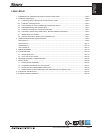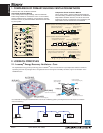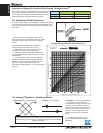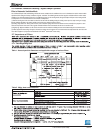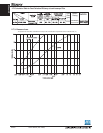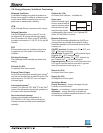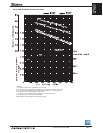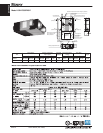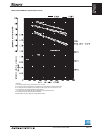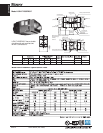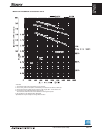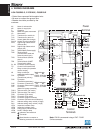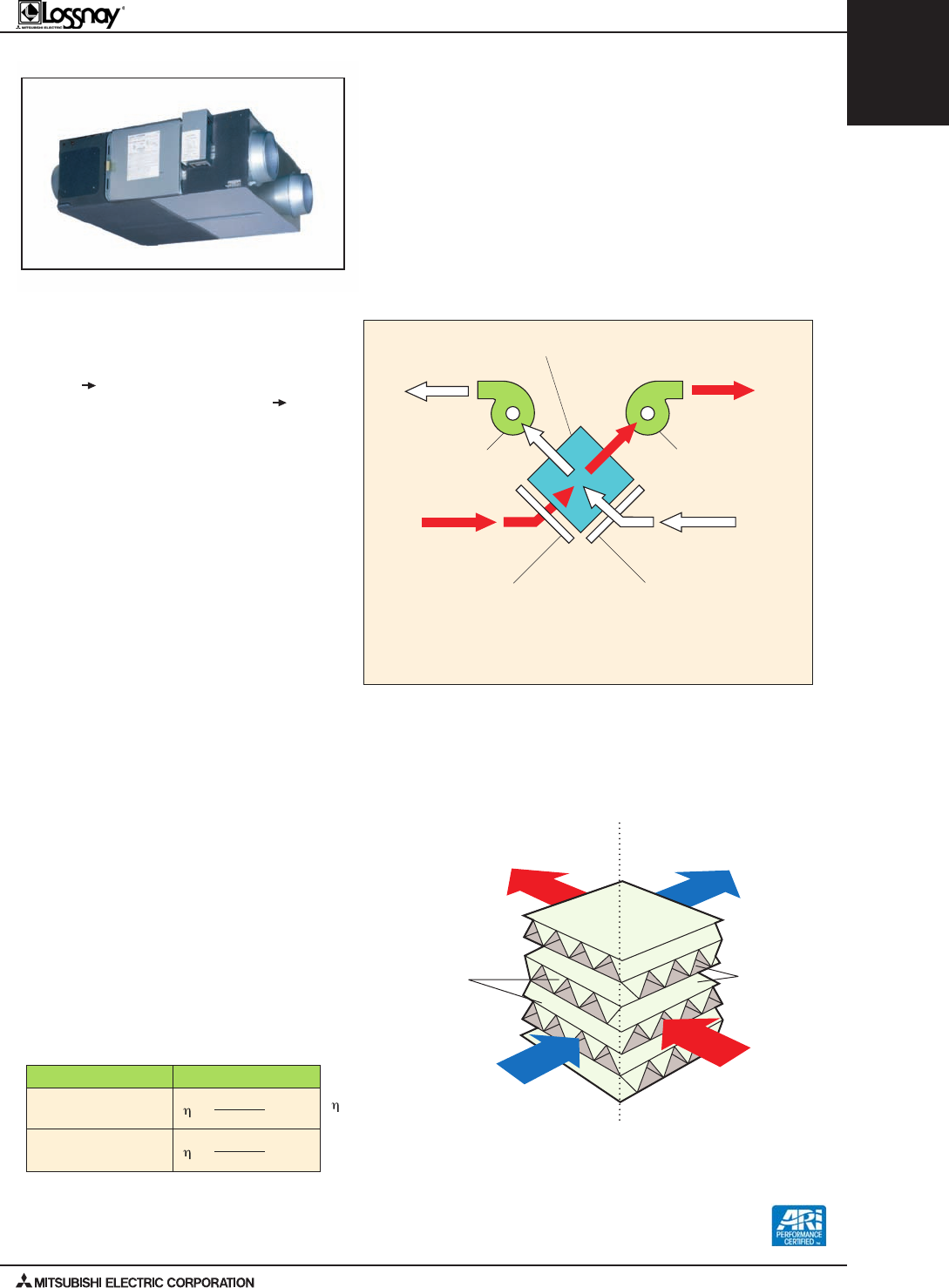
ERV-3LGH-F-RX3-E (Feb. 2009)
Lossnay ERV
LGH-F-RX3-E
Performance Certied
to ARI 1060 Standard
2.3. Calculation of Total Energy Recovery Efficiency
The Lossnay
®
Core’s energy recovery efciency can be considered using the following three transfer rates:
1. Temperature (sensible heat) recovery efciency
2. Humidity (latent heat) recovery efciency
3. Enthalpy (total heat) recovery efciency
The energy recovery effect can be calculated if two of the
above efciencies are known. (Lossnay
®
performance and
cost analysis can also be determined using Mitsubishi Electric
ERValue
®
software.
OUTDOORS
INDOORS
Stale indoor
air exhaust
Outside air intake
Supply
preconditioned
outside air to
AC system
Return stale indoor
air
ERV
Transmission
plates
Partition plates
OA
SA
EA
RA
• Each recovery efciency can be calculated with the formulas
in the table.
• When the supply and exhaust air volumes are equal, the
heat recovery efciencies on the supply and exhaust sides
are the same.
• When the supply and exhaust air volumes are not equal, the
total heat recovery efciency is low if the exhaust volume is
lower, and high if the exhaust volume is higher.
Temperature recovery
Item Formula
efficiency (%)
Enthalpy recovery
efficiency (%)
= x 100
t
OA - tSA
tOA - tRA
t
= Efficiency (%)
t = Dry Bulb
Temperature (°F)
i = Enthalpy (Btu/lb)
[]
= x 100
i
OA - iSA
iOA - iRA
i
[]
The sophisticated energy recovery technology of the LOSSNAY
®
core is constructed from a specially treated cellulose membrane
separating cross-flow air passages with a corrugated structure for strength and durability. See below, right for an illustration of the
LOSSNAY
®
core.
CITY MULTI
®
can integrate LOSSNAY
®
ERVs into the air conditioning system, providing the best overall solution to ventilation
and air-conditioning.
LGH-F300RX3-E 300 cfm 1-phase, 208/230V, 60Hz
LGH-F470RX3-E 470 cfm 1-phase, 208/230V, 60Hz
LGH-F600RX3-E 600 cfm 1-phase, 208/230V, 60Hz
LGH-F1200RX3-E 1200 cfm 1-phase, 208/230V, 60Hz
Lineup of LOSSNAY
®
ERV units
Outdoor unit
Remote controller
Indoor unit Indoor unit
Lossnay
®
32°F (0°C)
Fresh cool air (outdoor)
41°F (5.2°C)
Stale hot air (exhaust)
59°F (14.8°C)
Fresh warm air (indoor supply air)
68°F (20°C)
Stale warm air (indoor air)
Stale air exhaust
(dirty indoor air)
Fresh air exhaust
(fresh heating/cooling air)
Stale air induction
(dirty heating/cooling air)
Fresh air induction
(fresh air)
LOSSNAY
Remote controller PZ-52SF-E
®
Centralized Controller
AG-150A
CENTRALIZED CONTROLLER AG-150A
2.2. Lossnay
®
Construction
Lossnay
®
ERVs are constructed so that the exhaust
air passage from the indoor side to the outdoor
side (RA EA) and the outside air passage from
the outdoor side to the indoor side (OA
SA)
cross. The Lossnay
®
energy recovery unit features
the Lossnay
®
Core, which is installed at this cross
point and recovers the heat by conduction through
the separating medium between the airows,
and latent energy by molecular transfer through
the separation plate driven by vapor pressure
differential between the airstreams. This enables
the total energy loss during exhaust to be greatly
reduced.
ERV-4LGH-F-RX3-E
SA
(Supply air diffuser)
Supply fan
RA
(Return air)
Exhaust side filter
Lossnay
®
Core
Intake side filter
OA
(Outside air)
Exhaust fan
EA
(Exhaust air)
Note: The duct inlet and outlet are arranged in-line
in the actual product.
SA = Supply Air; RA = Return Air
EA = Exhaust Air; OA = Outside Air



